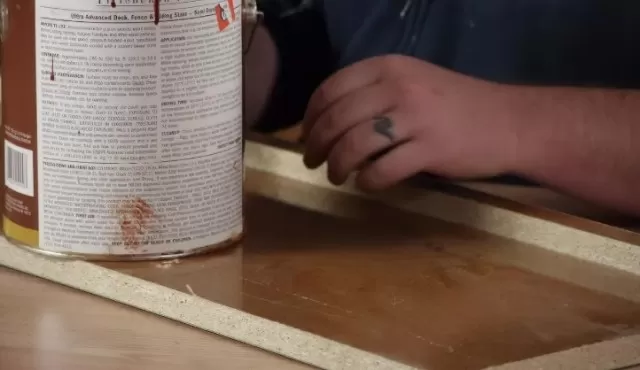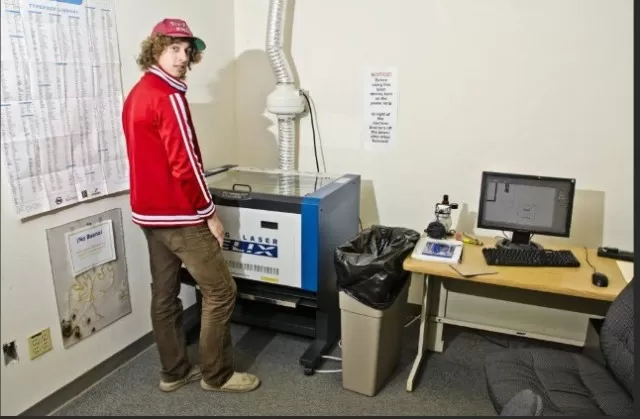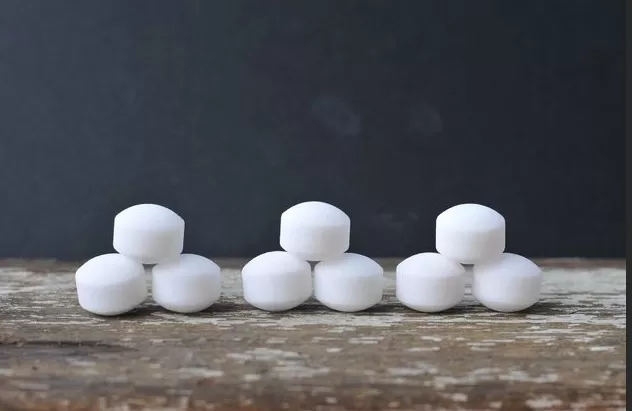Protect Your Home: Uncover Unintentional Sources of Poisoning. While a clean and tidy home is generally considered safer, it’s important to be aware that there are potential hidden dangers lurking in everyday substances found in most households.
These substances may seem harmless at first glance, but they can pose risks to our health and well-being. Here are a few examples of dangerous products that might be present in your home:
Concerns Surrounding Pressed Wood Paneling and Particleboard Furniture

Particleboard and fiberboard, commonly used in inexpensive furniture and construction, serve as popular alternatives to solid wood.
However, the manufacturing process of these materials involves pressing together scrap wood and sawdust using glues and resins that contain chemicals, such as urea-formaldehyde. Unfortunately, this results in the release of formaldehyde into the air, leading to unpleasant symptoms like watery eyes, a burning throat, and difficulty breathing.
Moreover, scientists caution that this hazardous chemical may be a human carcinogen, potentially causing certain types of cancer. On a positive note, as pressed wood products age, they emit reduced levels of formaldehyde.
Additionally, minimizing exposure to formaldehyde fumes can be achieved by using a dehumidifier and air conditioner during humid summer months, thereby reducing the risk.
Choosing Healthier Flooring: Minimizing VOCs in Wall-to-Wall Carpeting
The adhesive glues and dyes present in carpets and rugs contribute significantly to the release of volatile organic compounds (VOCs), which are a leading cause of indoor air pollution.
Exposure to VOCs can result in various short-term health issues such as irritation of the eyes, nose, and throat, headaches, nausea, and exacerbation of allergy symptoms. To mitigate VOC levels in your home, it is advisable to opt for carpeting labeled as low-VOC or consider investing in a cotton or wool rug instead of a synthetic one. If budget constraints make these options unattainable, consider scheduling the carpet installation before a trip out of town, allowing the carpet to air out for a few days. Additionally, upon returning home, ensure adequate ventilation in the area to maintain fresh air circulation and reduce VOC exposure.
Potential Health Hazards of Laser Printers

Contrary to their seemingly innocuous appearance, laser printers can release volatile organic compounds (VOCs), ozone, and other particles that pose potential health risks.
Certain laser printers emit ultrafine particles that have been linked to serious ailments such as heart and lung diseases. While initial studies suggest that these particles disperse within a few minutes, it is advisable to exercise caution and avoid prolonged proximity to the printer while it is in operation.
Taking measures to minimize direct exposure to these emissions is a prudent approach to safeguarding your health.
Concerns Surrounding Air Fresheners
While the desire for a clean and pleasant-smelling home is understandable, it is worth considering alternatives to relying solely on canned air fresheners.
Excessive use of these products or using them in small, poorly ventilated spaces can result in the release of high levels of pollutants, some of which are toxic. For example, certain air fresheners contain ethylene-based glycol ethers, a toxic substance, and terpenes, which are typically non-toxic but can become harmful when combined with ozone in the air. While a quick spritz of air freshener is unlikely to cause immediate illness, it is essential to ensure adequate air circulation in the area to prevent the accumulation of potentially harmful airborne chemicals. Opening windows to allow fresh air in is a preferable option to minimize reliance on air fresheners and maintain a healthier indoor environment.
Potential Hazards of Mothballs

While protecting our winter clothing from moth damage is important, it is crucial to be aware of the potential hazards associated with mothballs.
These effective pest repellents contain various toxic chemicals, including paradichlorobenzene, which has been found to cause cancer in animals, and naphthalene, known to cause nausea and digestive ailments in humans. If you choose to use mothballs, it is recommended to place them in a tightly sealed container and utilize them in a separate, well-ventilated area such as an attic, ensuring that the fumes do not spread to the rest of the house.
Before wearing any clothing stored with mothballs, it is advisable to thoroughly wash them to eliminate any toxic vapors. Alternatively, switching to cedar chips provides a safer and natural alternative for moth repellency.
*The information is for reference only.